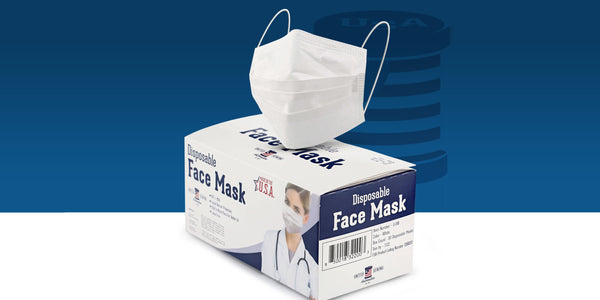FAQ: Is there a difference between a mask and a respirator?
Masks and respirators both cover a wearer’s nose and mouth, but they differ in several aspects.
Masks are loose-fitting and might not provide full protection from breathing in airborne pathogens, such as viruses.
- Face masks (non-surgical masks) might not provide protection from fluids or might not filter particles, which is necessary to protect against pathogens, such as viruses. They are not for surgical use and are not considered personal protective equipment.
- Surgical masks are fluid-resistant, disposable, and loose-fitting devices that create a physical barrier between the mouth and nose of the wearer and the immediate environment. They are for use in surgical settings and do not provide full protection from inhalation of airborne pathogens, such as viruses.
Respirators are personal protective equipment that tightly fit the face and filter airborne particles to protect healthcare workers. They provide a higher level of protection against viruses and bacteria when properly fit-tested.
This CDC infographic explains the differences between surgical masks and N95 respirators.
Comparing Surgical Masks and Surgical N95 Respirators
The FDA regulates surgical masks and surgical N95 respirators differently based on their intended use.

A surgical mask is a loose-fitting, disposable device that creates a physical barrier between the mouth and nose of the wearer and potential contaminants in the immediate environment. These are often referred to as face masks, although not all face masks are regulated as surgical masks. Note that the edges of the mask are not designed to form a seal around the nose and mouth.

An N95 respirator is a respiratory protective device designed for a close facial fit and efficient filtration of airborne particles. Note that the edges of the respirator are designed to form a seal around the nose and mouth. Surgical N95 respirators are commonly used in healthcare settings and are a subset of N95 Filtering Facepiece Respirators (FFRs), often referred to as N95s.
The similarities among surgical masks and surgical N95s are:
- They are tested for fluid resistance, filtration efficiency (particulate filtration efficiency and bacterial filtration efficiency), flammability, and biocompatibility.
- They should not be shared or reused.

